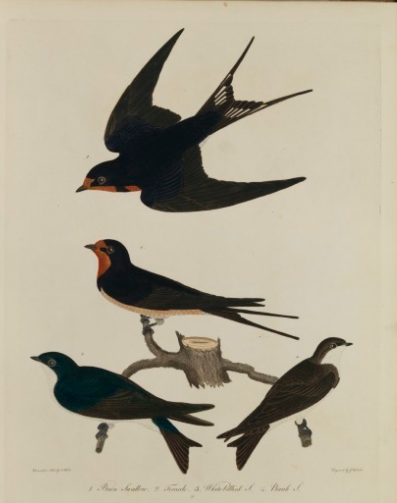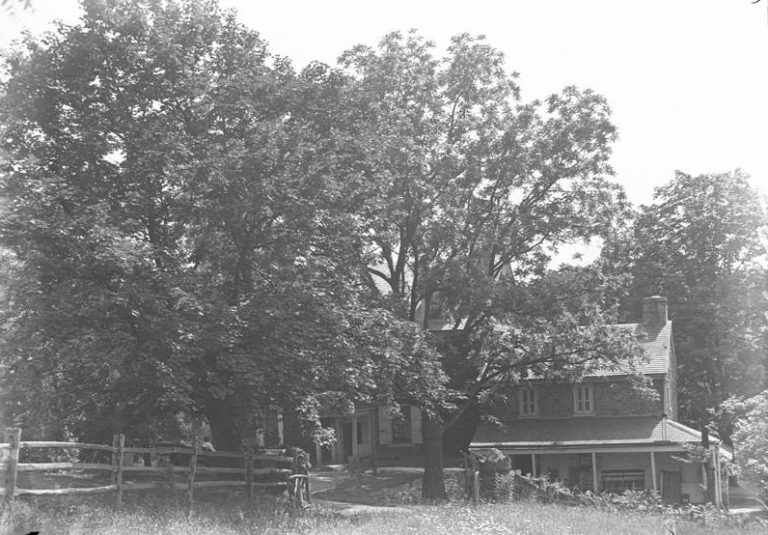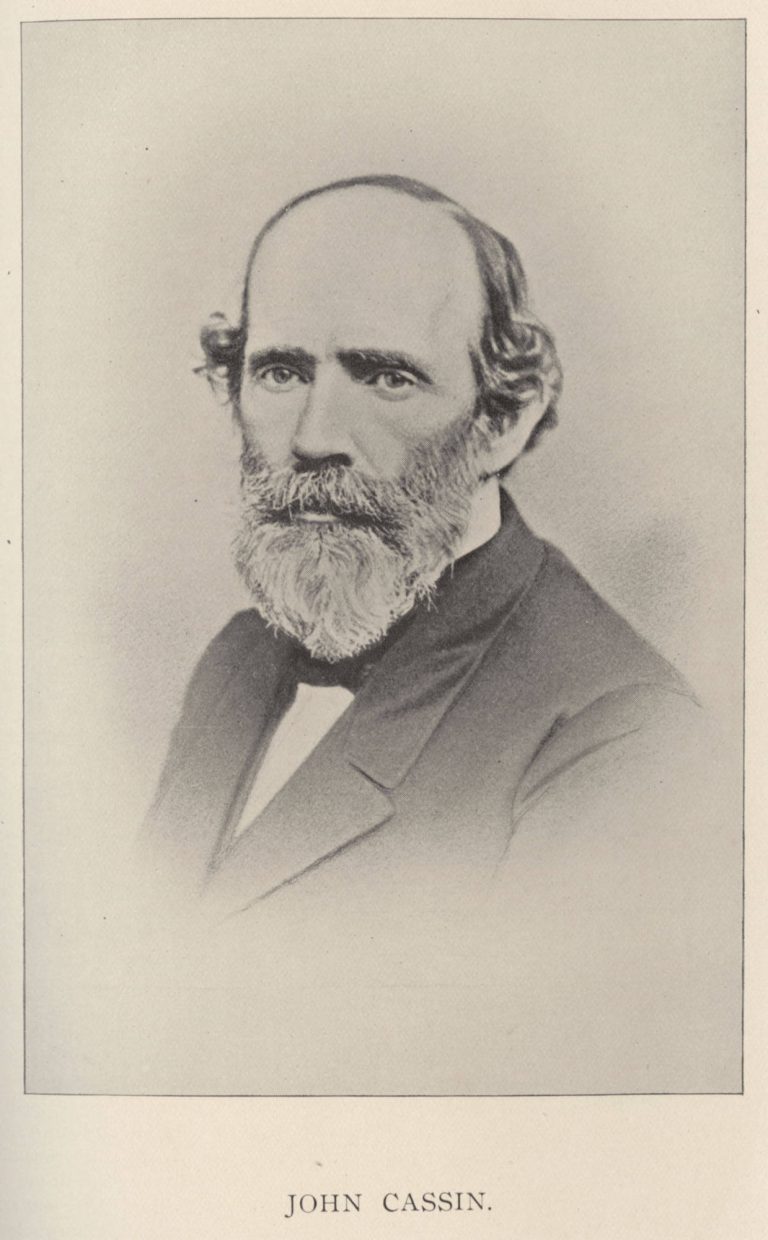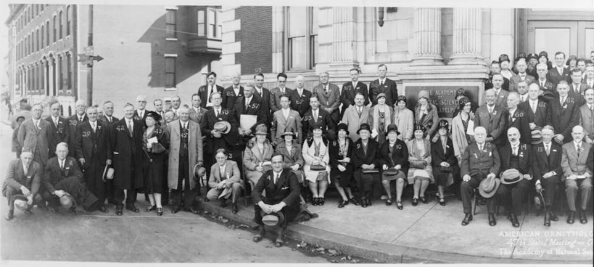Ornithology (Study of Birds)
Essay
While Philadelphians maintained scientific interest in birds between the eighteenth and twenty-first centuries, the region became an important scholarly center for ornithology by the early nineteenth century. Primarily known for taxonomy (the science of classifying organisms), ornithological study transformed in the 1860s after the scientific community discovered a conclusive evolutionary link between birds and dinosaurs. As a consequence, local ornithologists became increasingly invested in tracing lineages that connected ancient with modern species. Modern ornithologists also became interested in conservation and the problems urban environments pose to birds.
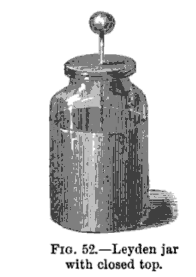
Although ornithologists on both sides of the eighteenth-century Atlantic engaged in specimen collecting and classification, scientific interest in birds was not exclusively taxonomic. Birds became the subjects in scientific experiments and demonstrations. Such was the case with Benjamin Franklin (1706–90) and electricity. In 1750, Franklin jolted poultry with electrical current generated by Leyden jars to determine its physiological effect on the animals. He was able to kill hens very quickly with two six-gallon units, but the same charge applied to turkeys merely stunned them. The weakened current from five partly charged jars eventually killed a ten-pound turkey. Ever the pragmatist, Franklin ate the bird, arguing that the experiment rendered the meat more tender.
Several decades later, Peale’s Philadelphia Museum became an important public institution for the diffusion of ornithological knowledge. In the late eighteenth and early nineteenth centuries, Charles Willson Peale (1741–1827), with the aid of his children, hunted and stuffed the vast majority of the museum’s impressive collection of taxidermy specimens. By 1831, the museum contained 1,310 birds. Peale was very much influenced by Linnaean taxonomy and arranged his specimens in boxes accordingly; these boxes lined the walls of the museum at the State House, and Peale displayed them prominently in his self-portrait, The Artist in His Museum (1822). Peale kept live birds at the museum, too. A bald eagle resided on site between 1795 and 1805, allowing visitors to observe the creature’s behavior. It became part of the taxidermy collection when it died and later became part of the permanent collection at the Second Bank of the United States gallery.
Father of American Ornithology
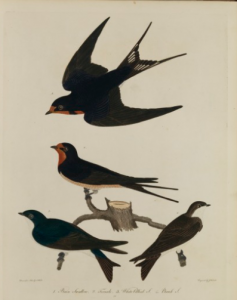
Scottish-born poet and naturalist Alexander Wilson (1766–1813) referenced many of Peale’s specimens in his seminal work, American Ornithology (1808–14). Wilson immigrated to the United States in 1794, eventually settling in Kingsessing, where he became acquainted with the naturalist William Bartram (1739–1823). Bartram encouraged Wilson to cultivate a long-standing interest in art and natural history. Ultimately, this led to Wilson’s publication of American Ornithology, printed in Philadelphia. The work aimed to provide illustrations and descriptions of all known North American birds. Its nine volumes depicted a total of 268 species. Due to Wilson’s untimely death, the last two volumes were completed by a friend and fellow ornithologist, George Ord (1781–1866). While claims to Wilson’s legacy sometimes proved to be controversial, American Ornithology undoubtedly contributed to Philadelphia’s reputation as an important center for the study of birds. Dubbed “the Father of American Ornithology” by Ord, Wilson later had several species of birds and ornithological societies named in his honor. Wilson inspired a number of prominent ornithologists, including John James Audubon (1785–1851), to build on his scholarship.
As scientific expeditions expanded the known number of North American birds, naturalists sought to update Wilson’s work. French-born Charles Lucien Bonaparte (1803–57), a nephew of Napoleon (1769–1821) who settled in Philadelphia in the early 1820s, issued his own American Ornithology (1825–33) for this reason. Wilson’s American Ornithology was haphazardly organized. Although the hand-colored plates, painted by women, were beautiful to look at, they were designed to maximize the use of the space. Ord sought to change that by reissuing a systematic arrangement of Wilson’s American Ornithology in four volumes between 1828 and 1829. Ord’s plans to reissue American Ornithology generated conflict with John James Audubon, who returned to Philadelphia in 1824 to seek a publisher for what would become his famous Birds of America (1827–38).
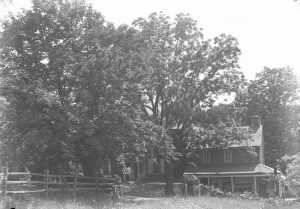
Prior to 1808, Audubon had spent some time in the Delaware Valley—at the Mill Grove estate (in what became Audubon, Pennsylvania)—before moving to Kentucky and traveling in the South to collect bird specimens. Audubon, like Bonaparte, wanted to update Wilson’s work. Ord, who was a member of both the Academy of Natural Sciences and the American Philosophical Society, opposed both the publication and Audubon’s candidacy for membership at the academy. With regard to Birds of America, Ord disliked Audubon’s organization of species (or what he perceived to be a lack thereof) and questioned the accuracy of specific drawings, including a plate depicting a rattlesnake climbing a tree to eat bird eggs. Perhaps also, Audubon’s work felt like a personal affront—Alexander Wilson had been Ord’s close friend, and Birds of America, printed in Edinburgh and London, eventually supplanted American Ornithology, rather than simply expand it.
Despite failing to initiate Audubon as one of its own, the Academy of Natural Sciences became a stronghold of ornithological study by the mid-nineteenth century. Ornithologist John Cassin (1813–69) became a curator at the Academy in 1842. Cassin was enormously successful in this position. During his tenure, the academy acquired thousands of specimens, transforming the ornithological collection into one of the most important in the world. In 1856, the museum contained more than twenty-nine thousand specimens.

Taxidermist and Taxonomist
Cassin described many new species too. During his first year as curator at the academy he shot a yet-undescribed species of vireo in Philadelphia, which he aptly named—or so he thought—the Philadelphia vireo (Vireo philadelphicus). The bird’s breeding habitat is in Canada. It only rarely passes through Philadelphia, when migrating to Mexico or Central America, so Cassin’s discovery was serendipitous. Interested in species beyond Philadelphia, Cassin expanded knowledge of ornithology by looking westward and abroad, publishing studies of birds in the North American West, as well as Chile and Japan. Cassin was an expert taxidermist as well as taxonomist. Examples of his stuffed specimens can be found at the Delaware County Institute of Science in Media, Pennsylvania, where he worked early in his career, and the Academy of Natural Sciences. Sadly, taxidermy was ultimately Cassin’s undoing; frequent exposure to arsenic used to prepare specimens led to his death in 1869.
Before his death, Cassin mentored Graceanna Lewis (1821–1912), whose ornithological work was influenced by several new scientific theories and discoveries, including those of Charles Darwin (1809–82) and the discovery of Archaeopteryx fossils in 1861, which provided a conclusive link between birds and dinosaurs. Lewis, a resident of Chester County, moved to Philadelphia in the 1860s and studied with Cassin at the Academy of Natural Sciences. Cassin named the white-edged oriole (Icterus graceannae) in her honor, in his 1867 description of the type specimen. Embracing Darwinian evolution as fact, Lewis developed phylogenetic charts of birds, tracing their descent from dinosaurs. While living in Philadelphia, she lectured on ornithological topics. These lectures became the basis for her The Natural History of Birds (1868). Lewis moved to Media in the 1870s and continued to pursue ornithology at the Delaware County Institute of Science.
The rise of ornithological and bird-watching societies in the late nineteenth and early twentieth centuries reflected the popularity of the science in the region and helped to change attitudes toward collecting specimens. Birders founded the Delaware Valley Ornithological Club, representing the entirety of the Delaware Valley region in 1890, followed by the Wyncote Bird Club in 1914. The Wyncote Bird Club became the Philadelphia and Montgomery County’s chapter of the National Audubon Society. Wyncote, along with other townships and localities in the Philadelphia area, participated in the first Christmas Bird Count (1900) sponsored by the Audubon Society. The activity encouraged citizens to record the presence of birds rather than killing them as specimens. On December 25, participants took a census of local birds by counting as many as could be sighted. The 1900 count yielded more than 18,500 sightings representing eighty-nine species of birds. The annual count continued into the twenty-first century.
Field Guides
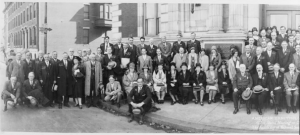
Meanwhile, scholars at the Academy of Natural Sciences continued to expand its collections and produce field guides that aided birdwatchers locally and abroad. Witmer Stone (1866–1939), author of Bird Studies at Cape May, and one of the founders of the Delaware Valley Ornithological Club, increased the number of ornithological specimens to 143,000 between 1893 and 1936. James Bond (1900–89), an academy curator, perhaps better known for the fictional spy whose name he inspired than his ornithological work, specialized in Caribbean bird species, authoring Birds of the West Indies (1936). The first edition was little more than a checklist, but when updated with color plates in 1947 it became a true field guide. British author Ian Fleming (1908–68) became familiar with Bond’s work while bird-watching in Jamaica and named the protagonist of Casino Royale (1953) after the ornithologist. Not anticipating the popularity of Agent 007, Fleming later wrote to Bond’s wife suggesting that Bond take revenge by naming a horrible new species of bird in his honor. Yet another curator, Frank Gill (b. 1941), edited Birds of North America, Life Histories for the 21st Century, begun in 1992 and consisting of 716 parts, continuing the academy’s long history of facilitating bird identification and classification.
A trend toward thinking about conservation, as exemplified by the earlier Christmas Count, steadily pervaded ornithological study throughout the twentieth and early twenty-first centuries. Robert Sterling Ridgely (b. 1946), a specialist in neotropical species, became a member of the Academy of Natural Sciences ornithological department in 1982. During his tenure at the academy, he wrote Birds of South America and Birds of Ecuador. In 1994, Ridgely became the director of the academy’s new Center for Neotropical Ornithology. His enormously successful Jocotoco Foundation, inspired by his discovery of Grallaria ridgelyi, became one of the more impressive conservation ventures spawned by increased interest in conservation of species by the turn of the twenty-first century. Other local researchers became concerned with the conservation of birds in an urban environment. Generally, urbanization eliminated resources, but modern architecture posed new dangers to Philadelphia birds. Between 2008 and 2011, Stephen Maciejewski and Keith Russell tracked the number of birds killed by flying into glass windows in a four-block area from Market to Arch and Seventeenth to Nineteenth Streets. Similar studies undertaken at Temple University led the university to a design contest to produce window decals that would deter birds from crashing to their deaths. A far cry from the eighteenth- and nineteenth-century scientists and naturalists who shocked, shot, and stuffed birds to study them, more ecologically oriented ornithologists in the late twentieth and twenty-first centuries exhibited a decided shift toward protecting birds rather than making specimens out of them.
Jessica Linker is a doctoral candidate at the University of Connecticut, Storrs, and the recipient of fellowships from a number of Philadelphia-area institutions, including the Library Company of Philadelphia, the American Philosophical Society, and the McNeil Center for Early American Studies. Her work focuses on American women and scientific practice between 1720 and 1860. (Author information current at time of publication.)
Copyright 2016, Rutgers University
Gallery
Backgrounders
Connecting Headlines with History
- Mid-winter bird census 26 years and counting (WHYY, January 9, 2012)
- Academy of Natural Sciences’ bird collection on display at the airport (WHYY, June 10, 2012)
- In order to know birds, we must first acquaint ourselves with lice (WHYY, February 12, 2015)
- The 2016 NJ Audubon World Series of Birding is this weekend (WHYY, May 11, 2016)
- Endangered bird has more to fear than a changing climate (WHYY, May 26, 2016)
